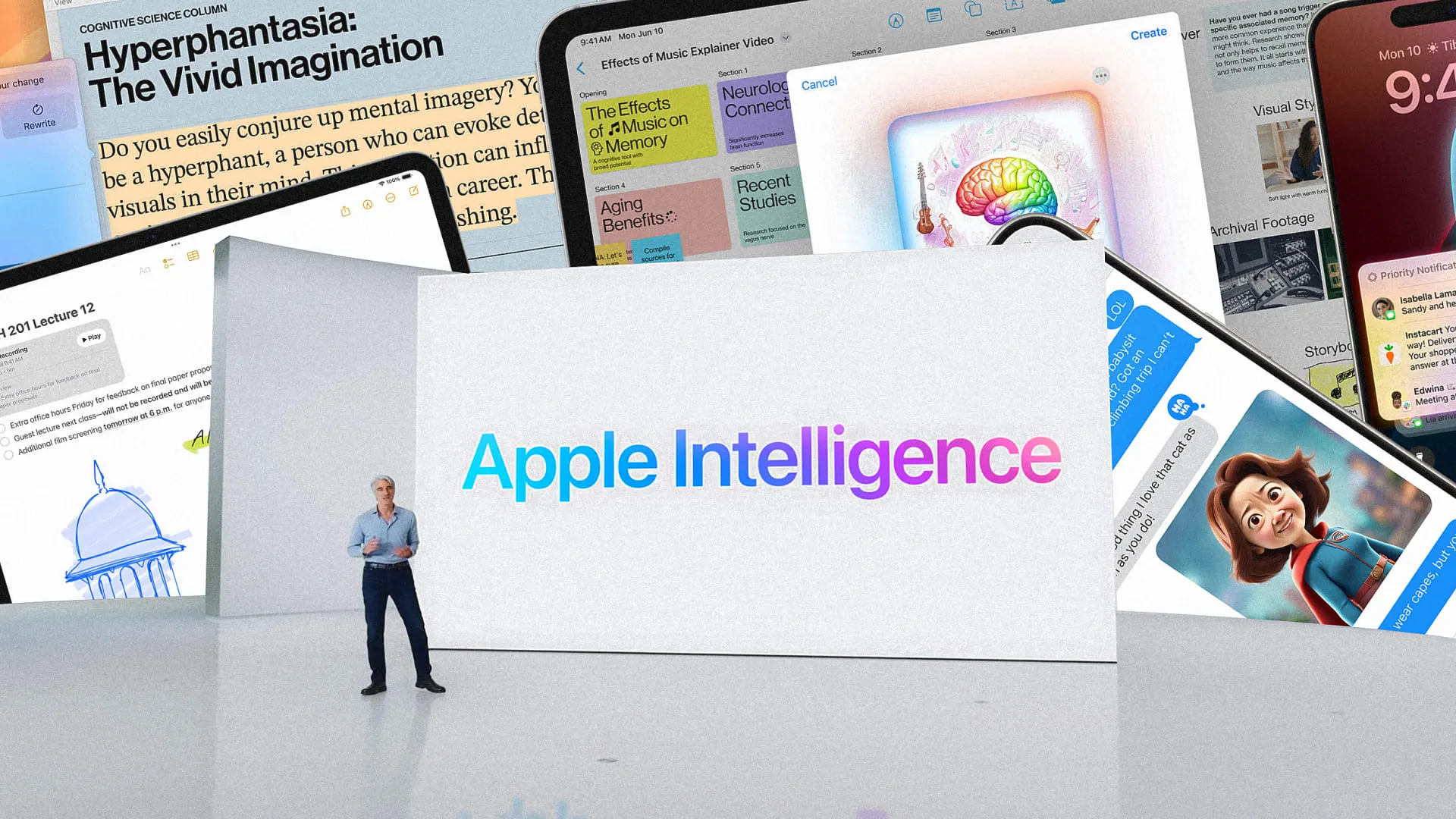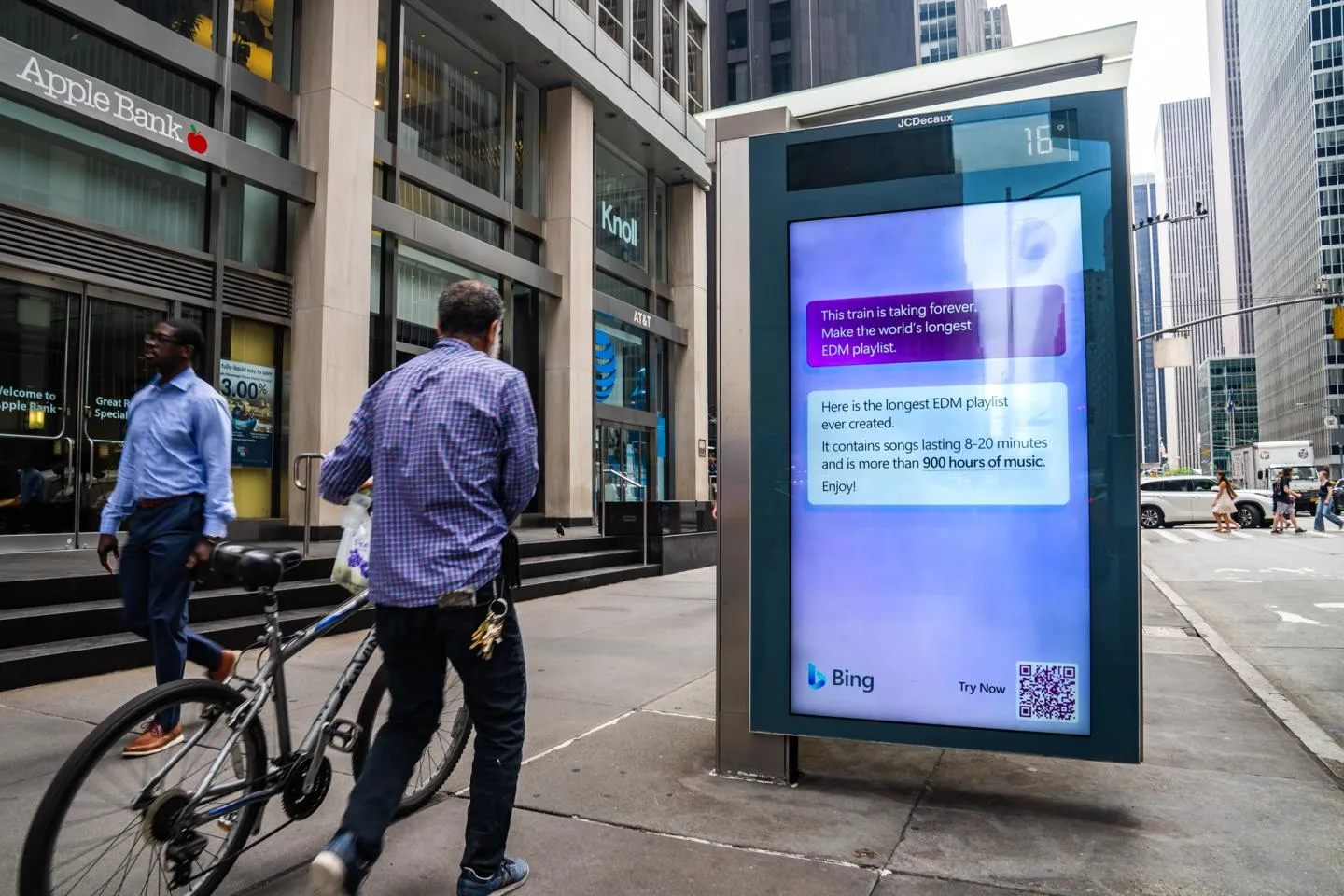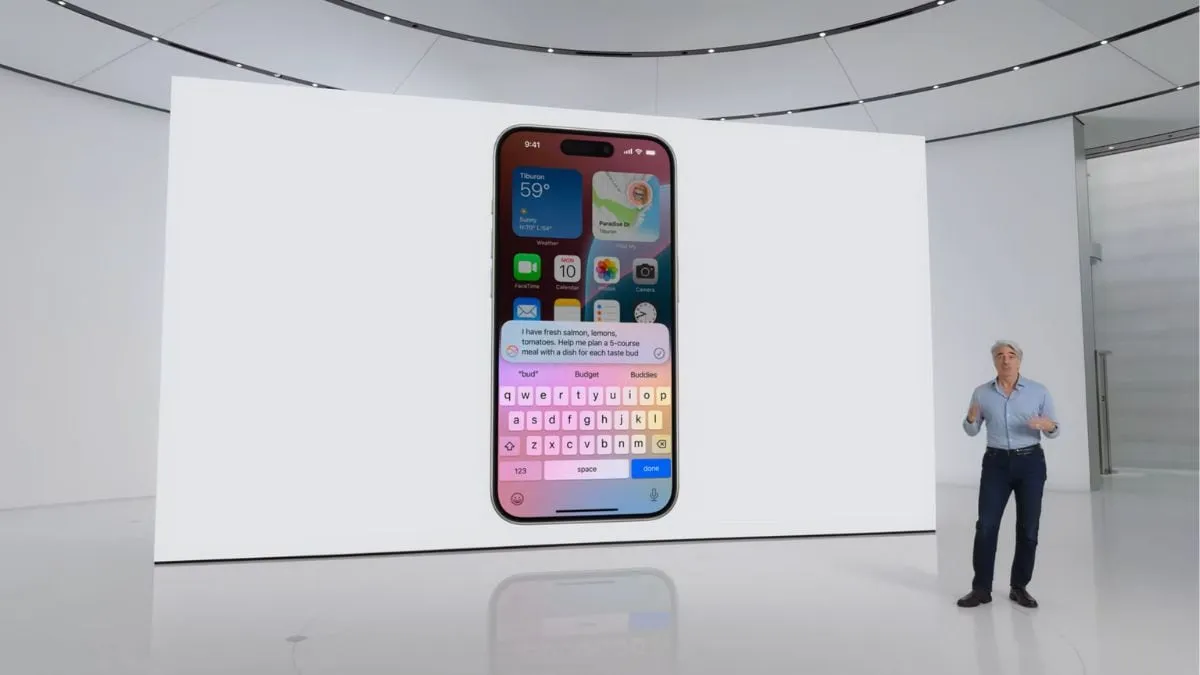Apple’s marketing campaigns have long been celebrated for their creativity, from the iconic “1984” ad to the unforgettable dancing iPod silhouettes. However, its recent push to market its generative AI features has raised some eyebrows. The company is now facing scrutiny from an advertising watchdog over its aggressive marketing tactics, which may have jumped the gun on the availability of certain AI features for its flagship products.

A Bold AI Marketing Push Gone Too Soon
In an attempt to make a splash with its AI-powered features, Apple launched a high-profile marketing blitz last year, especially surrounding its Apple Intelligence tools. With a bold “Available Now” label plastered across the company’s Apple Intelligence webpage and iPhone 16 marketing materials, Apple made it seem like several high-tech features were ready to roll out the moment the iPhone 16 hit the shelves in September 2024. But according to the Better Business Bureau’s National Advertising Division (NAD), this wasn’t exactly the case.
The NAD raised concerns that Apple’s advertising misled consumers into thinking that all the promised AI features—such as priority notifications, Image Playground, Genmoji, Image Wand, and the much-anticipated ChatGPT integration with Siri—were available at launch. The watchdog argued that these features were actually rolled out gradually, starting in October 2024 and continuing until March 2025, with the highly anticipated Siri upgrade still delayed.
The “Available Now” Controversy: What Went Wrong?
The issue, according to the NAD, was clear: Apple’s use of the “Available Now” label suggested that these features were fully available from the outset, but in reality, they were not. The advertising watchdog emphasized that such claims can mislead consumers, especially when the product’s features don’t align with the promises made. The division criticized Apple for the fine print in its advertisements, stating that the disclosures were not placed prominently enough to clarify the delay and limitations of the features being advertised.

Even though Apple eventually made the tools available, the damage had already been done. The NAD called on Apple to tone down its marketing language and to make sure that its promotional materials accurately reflected the reality of what was actually available. Apple, in response, updated its promotional materials and pulled the “More Personal Siri” video, acknowledging that the Siri features were indeed delayed.
Apple’s Response and Future Implications
While Apple disagreed with some of the NAD’s findings, the tech giant expressed its appreciation for the opportunity to work with the organization. In a statement, Apple confirmed it would follow the watchdog’s recommendations, ensuring that future marketing campaigns would be more careful about claiming features as “available” before they actually are.
Apple has not been shy about its ambitions in the AI space. The company has been working to integrate more advanced AI features into its devices, including enhanced Siri capabilities and deeper integration with its ecosystem. However, the pressure to deliver on these promises has proven to be challenging, and the delays have shown that even the most innovative companies must carefully manage consumer expectations.
The Fine Line Between Hype and Reality
This incident serves as a reminder that even the most reputable tech brands must walk a fine line between innovation and over-promotion. In the rush to showcase cutting-edge technologies, Apple’s timing and communication faltered, leading to an awkward situation where consumers were left waiting for promised features that weren’t fully ready.

The incident also underscores the broader issue facing the tech industry as AI becomes more integrated into everyday consumer products. As companies race to incorporate AI into their products, it’s crucial that they balance enthusiasm with transparency. The hype surrounding generative AI tools is undeniable, but Apple’s marketing misstep is a clear example that sometimes the technology must live up to its promises before the marketing blitz begins.
What’s Next for Apple’s AI Efforts?
Despite this hiccup, Apple’s focus on AI remains unwavering. The company is investing heavily in AI technologies, particularly in voice assistants like Siri, with the goal of making them smarter and more responsive. However, as this incident shows, consumers are becoming increasingly savvy about the promises made by tech companies. For Apple, this could be a crucial learning experience in how to manage expectations while still pushing the envelope in AI innovation.
As Apple works to catch up with its ambitious AI roadmap, it will need to strike a careful balance between exciting consumers with cutting-edge features and delivering those features when they are truly ready for prime time. In the world of high-stakes tech marketing, timing and transparency will be key to maintaining consumer trust and keeping the Apple brand synonymous with innovation.










